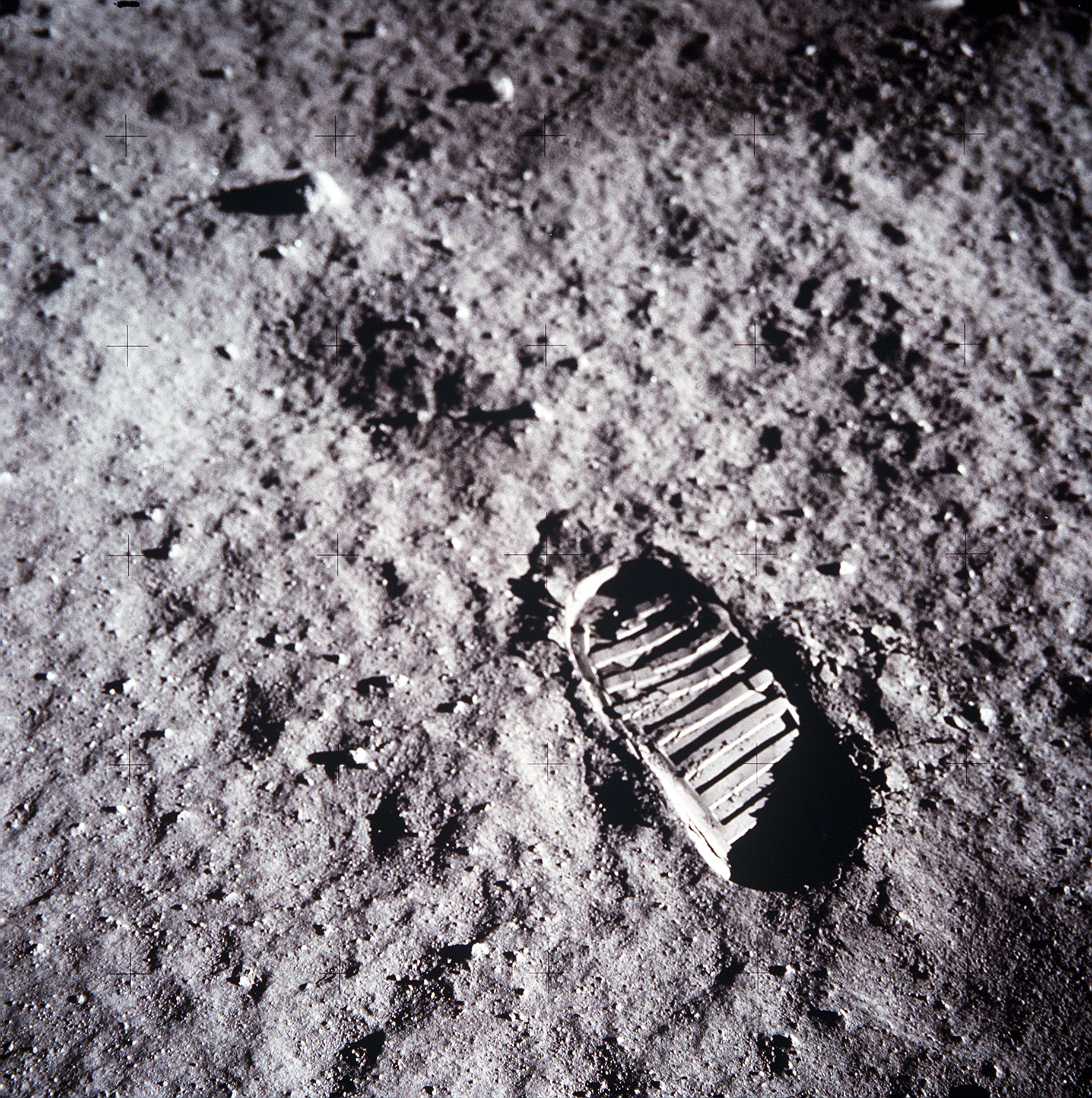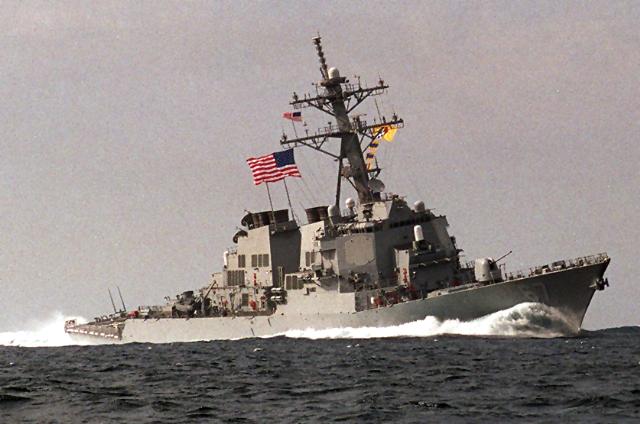“That’s One Small Step for A Man…” Neil Alden Armstrong (1930-2012)
Sad word today that Neil Armstrong – Naval Aviator, test pilot and first man on the Moon, has passed. Neil Armstrong typified the “quiet professional” whose coolness in extremis events were exemplified in flying the X-15 and especially so on orbit as commander of Gemini VIII when things suddenly went very, very wrong (@ the 8:12 point). That same coolness during an emergency and quiet, detailed approach to problem solving were key factors in his selection as mission commander for Apollo 11. He was, in a manner of speaking, the antithesis of the silver screen’s version of the test pilot, and reveled in his engineering nerdiness – “I am, and ever will be, a white socks, pocket protector, nerdy engineer.” That same quiet professionalism characterized his post-astronaut life back on Earth when instead of seeking the spotlight, he took to a lectern instead.
Neil Armstrong—Neil Alden Armstrong (1930- 2012 ) was born on 5 August 1930 on his grandparents’ farm near Wapakoneta, Ohio, to Stephen and Viola Armstrong. Because Armstrong’s father was an auditor for the state of Ohio, Armstrong grew up in several communities, including Warren, Jefferson, Ravenna, St. Marys, and Upper Sandusky, before the family settled in Wapakoneta.
Armstrong developed an interest in flying at age two, when his father took him to the National Air Races in Cleveland, Ohio. His interest intensified when he went for his first airplane ride in a Ford Tri-Motor, a “Tin Goose,” in Warren, Ohio, at age six. From that time on, he claimed an intense fascination with aviation. At age 15, Armstrong began taking flying lessons at an airport north of Wapakoneta, working at various jobs in town and at the airport to earn the money for lessons in an Aeronca Champion airplane. By age 16, he had his student pilot’s license—before he even passed his automobile driver’s test and received that license and before he graduated from Blume High School in Wapakoneta in 1947.  Immediately after high school, Armstrong received a scholarship from the U.S. Navy. He enrolled at Purdue University and began his studies of aeronautical engineering. In 1949, the Navy called him to active duty, where he became an aviator, and in 1950, he was sent to Korea. There he flew 78 combat missions from the aircraft carrier USS Essex.
After mustering out of the Navy in 1952, Armstrong joined the National Advisory Committee for Aeronautics (NACA). His first assignment was at the NACA’s Lewis Research Center, near Cleveland, Ohio. For the next 17 years, he was an engineer, test pilot, astronaut, and administrator for NACA and its successor agency, the National Aeronautics and Space Administration (NASA). In the mid-1950s, Armstrong transferred to NASA’s Flight Research Center in Edwards, California, where he became a research pilot on many pioneering high-speed aircraft, including the well-known, 4,000 mile-per-hour X-15. He flew over 200 different models of aircraft, including jets, rockets, helicopters, and gliders. While there, he also pursued graduate studies and received a master of science degree in aerospace engineering from the University of Southern California.
Armstrong transferred to astronaut status in 1962, one of nine NASA astronauts in the second class to be chosen. He moved to El Lago, Texas, near Houston’s Manned Spacecraft Center, to begin his astronaut training. There he underwent four years of intensive training for the Apollo program to land an American on the Moon before the end of the decade. On 16 March 1966, Armstrong flew his first space mission as command pilot of Gemini VIII with David Scott. During that mission, Armstrong piloted the Gemini VIII spacecraft to a successful docking with an Agena target spacecraft already in orbit. Although the docking went smoothly and the two craft orbited together, they began to pitch and roll wildly. Armstrong was able to undock the Gemini and used the retro rockets to regain control of his craft, but the astronauts had to make an emergency landing in the Pacific Ocean.
As spacecraft commander for Apollo 11, the first piloted lunar landing mission, Armstrong gained the distinction of being the first person to step onto the surface of the Moon. On 16 July 1969, Armstrong, Michael Collins, and Edwin E. “Buzz” Aldrin began their trip to the Moon. Collins was the Command Module pilot and navigator for the mission. Aldrin, a systems expert, was the Lunar Module pilot and became the second person to walk on the Moon. As commander of Apollo 11, Armstrong piloted the Lunar Module to a safe landing on the Moon’s surface. On 20 July 1969, at 10:56 p.m. EDT, Neil Armstrong stepped down onto the Moon and made his famous statement, “That’s one small step for a man, one giant leap for mankind.” Armstrong and Aldrin spent about 2.5 hours walking on the Moon, collecting samples, doing experiments, and taking photgraphs. On 24 July 1969, the three men splashed down in the Pacific Ocean. They were picked up by the aircraft carrier USS Hornet.
The three Apollo 11 astronauts were honored with a ticker tape parade in New York City soon after returning to Earth. Armstrong received the Medal of Freedom, the highest award offered to a U.S. civilian. Armstrong’s other awards coming in the wake of the Apollo 11 mission included the NASA Distinguished Service Medal, the NASA Exceptional Service Medal, 17 medals from other countries, and the Congressional Space Medal of Honor.
Armstrong subsequently held the position of Deputy Associate Administrator for Aeronautics, NASA Headquarters, Washington, DC, in the early 1970s. In that position, he was responsible for the coordination and management of overall NASA research and technology work related to aeronautics. After resigning from NASA in 1971, he became a professor of aerospace engineering at the University of Cincinnati and served from 1971 to 1979. During the years 1982 to 1992, Armstrong served as chairman of Computing Technologies for Aviation, Inc., in Charlottesville, Virginia. He then became chairman of the board of AIL Systems, Inc., an electronics systems company in Deer Park, New York. At the time of his passing, Armstrong was living on his farm in Lebanon, Ohio. (NASA)
Fair winds and following seas … and may you rest in peace.




